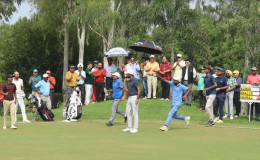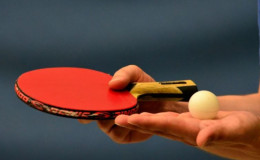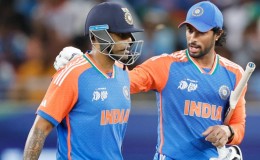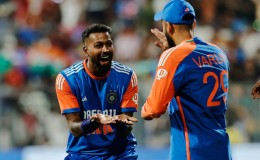Flashback: It was India’s tour of Australia in 1980–8. It had the looks of the familiar Indian series as India were 0–1 down and were defending a meagre 143 runs coupled with Kapil Dev virtually ruled out with a groin injury. When Australia finished the fourth day at 18/3, Kapil forced himself to play the final day with pain-killing injections and removed the dangerous Australian middle order. Kapil won the match for India with the innings bowling performance of 16.4–4–28–5, a bowling performance that figures in his five best bowling performances.
Turn the clocks to today: Murali Vijay misses a Test match due to what was tagged a hamstring "niggle". Ishant Sharma misses a training session due to “knee pain” and Rohit Sharma has a “sore hamstring.” AB De Villiers thinks of retiring from Test cricket and IPL due to “excessive load and fatigue.” Such complaints are endless today.
It is clear that with improvement in sports technology and medical sciences in sports, a lot more injuries have been identified than during the conventional years. However, the more concerning part is whether these injuries actually need to be called “INJURIES”. Doctors have become very cautious about such injuries and tread with caution when dealing with such cricketers. However, blaming the excessive work rate is no excuse for these small niggles, which tend to be labelled as injuries and blown out of proportion.
Take the peculiar case of AB de Villiers. AB says that he is fatigued due to the IPL after playing approximately 15-20 matches. He is even contemplating retiring from one of the formats due to this workload. However, in the real sense, how much of an excessive workload is this really? 3-hour matches with the luxury of 5 star hotel stays, quality doctors, masseuse, physiotherapists and comfortable travel do not seem to justify any reason for any kind of serious injury.
Is it that the current crop of cricketers can’t be bold enough to accept that they would rather not play a non-important series than perhaps “declare that they are down with a minor injury”?The need of the day is that doctors stop exaggerating the extent of injuries. In a sport like soccer, where there is no T-20 and where the leagues also play an entire 90 minute game, one can understand the need for rest as the sport can be extremely physically taxing. However, in cricket, there is barely any extreme physical activity. And the 3 hour T-20 matches are simply a blessing in disguise for the cricketers to rake in the moolah and at the same time give them an opportunity “to get injured or fatigued”.
The cricket boards need to get their priorities right. A cricketer, who tends to be out with small niggles every now and then every time a non-important series pops up needs to be dropped however good he may be. This will act as a deterrent to other players who think of following such a path. Additionally, it will also reduce the number of complaints about niggles, soreness, fatigue and tiredness without valid reason.
Equal emphasis should be laid on the person’s number of small injuries because a person going in and out of the team due to the niggles, however good he may be, definitely causes instability in the team. It is only when the cricket boards clamp down on such cases, shall we have more clarity on what the term “injury” actual means.










